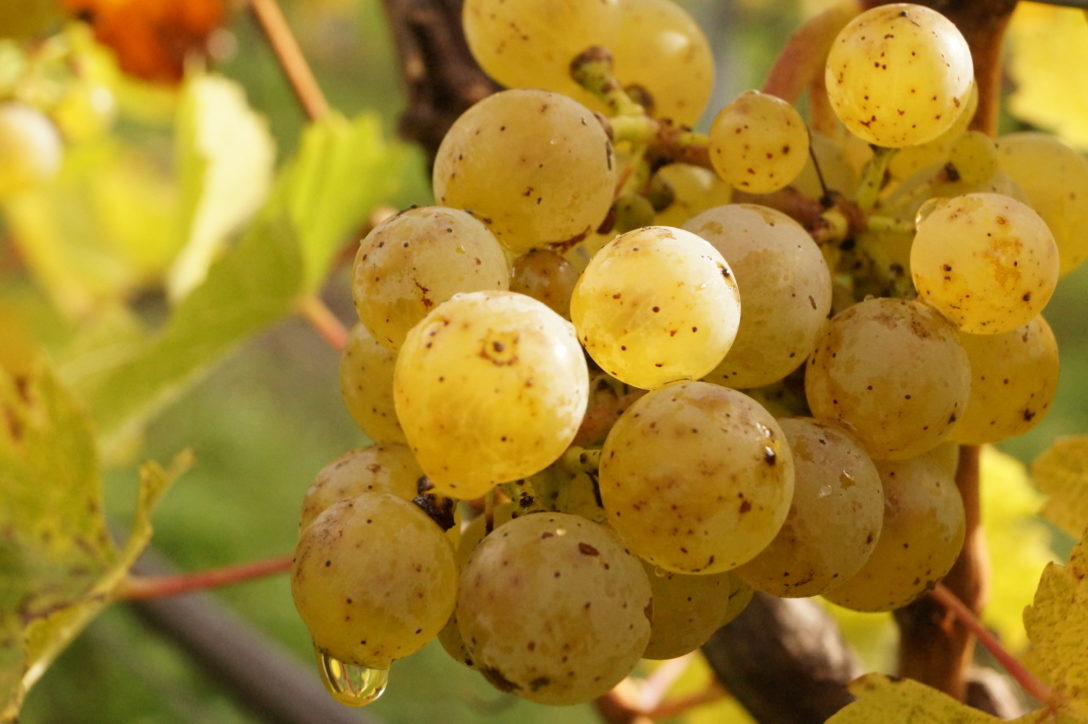
About one and a half years ago I heard the first time from the online shop Goldrichs, which offered only fruit sweet Rieslings at that time. At that time, I had been asked by Goldrichs if I would like to taste some wines of the assortment and post the tasting in my blog, with which I agreed. This has only been because I found the idea of putting fruity Rieslings in the center of attention worth of support and still find.
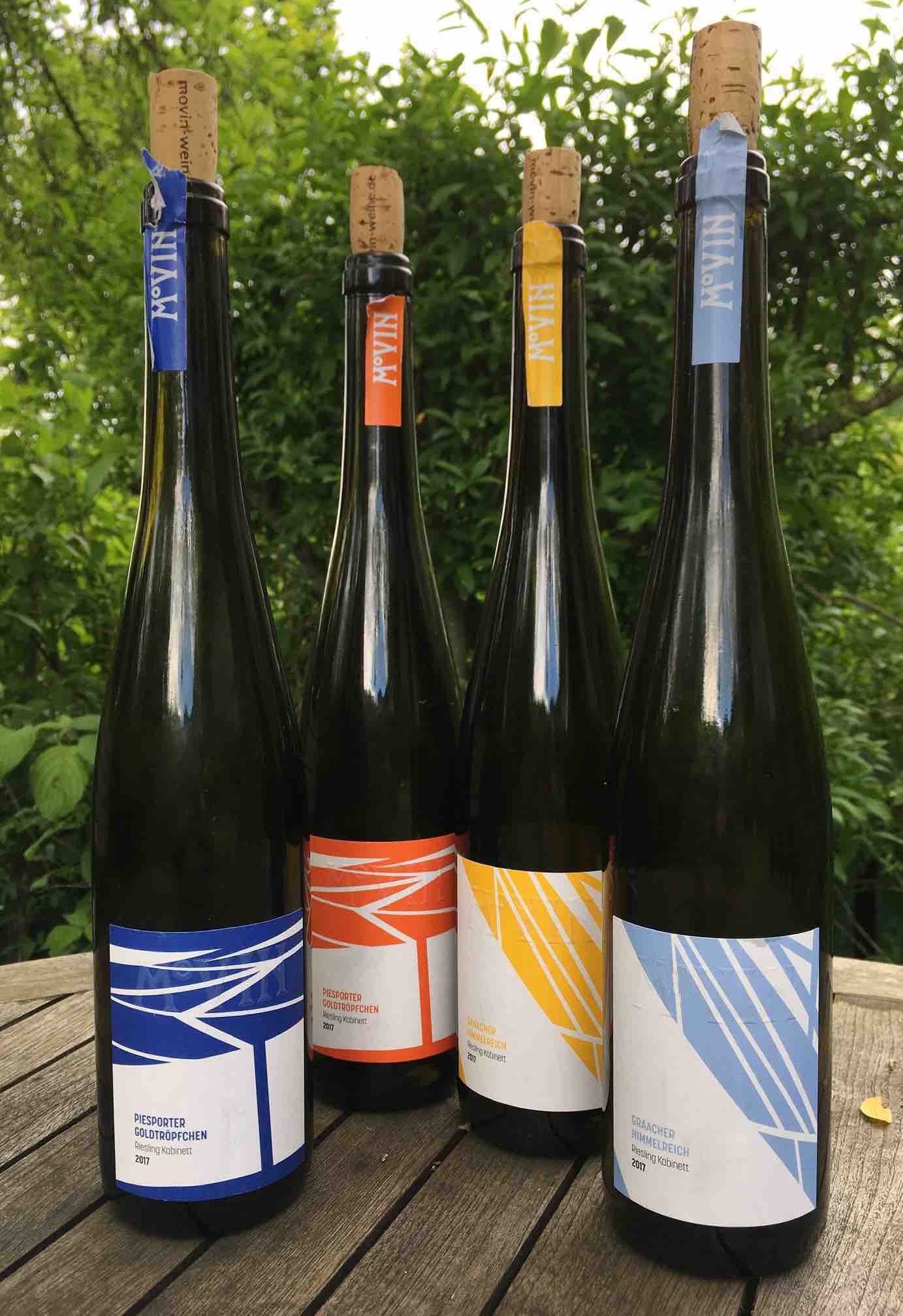
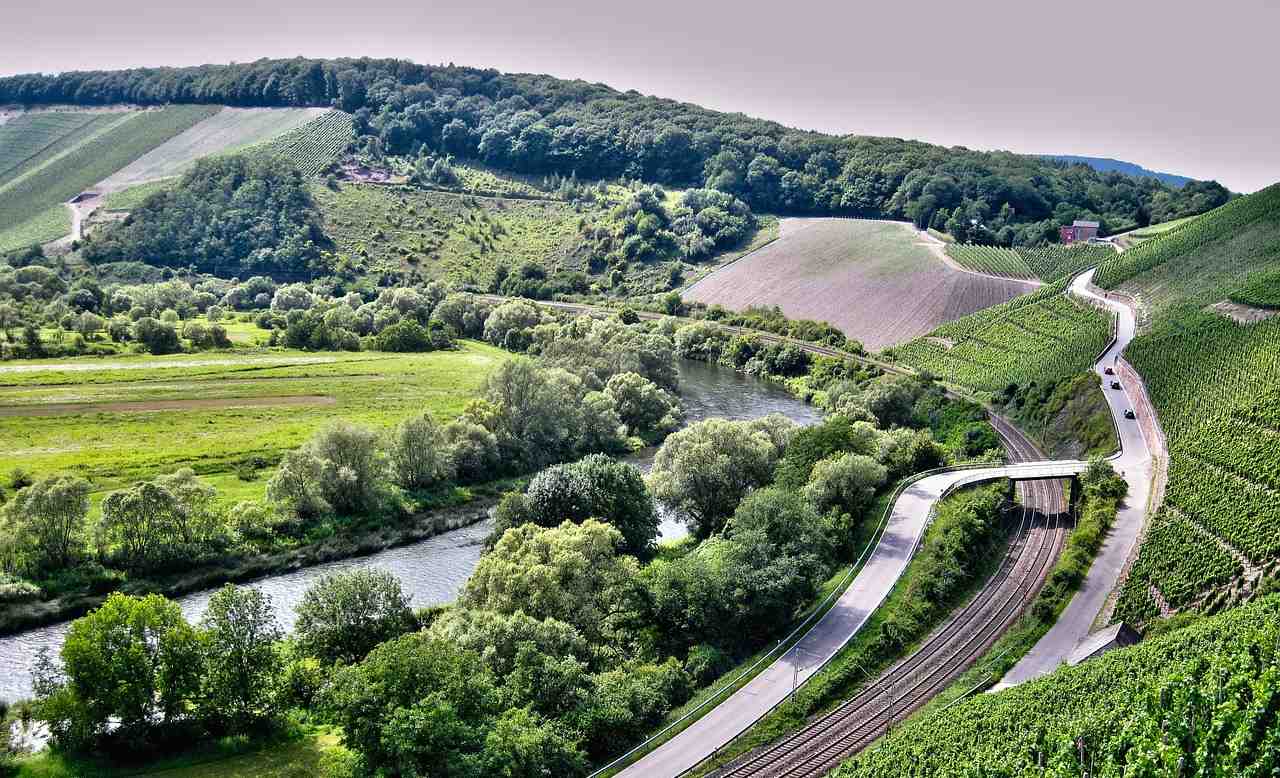
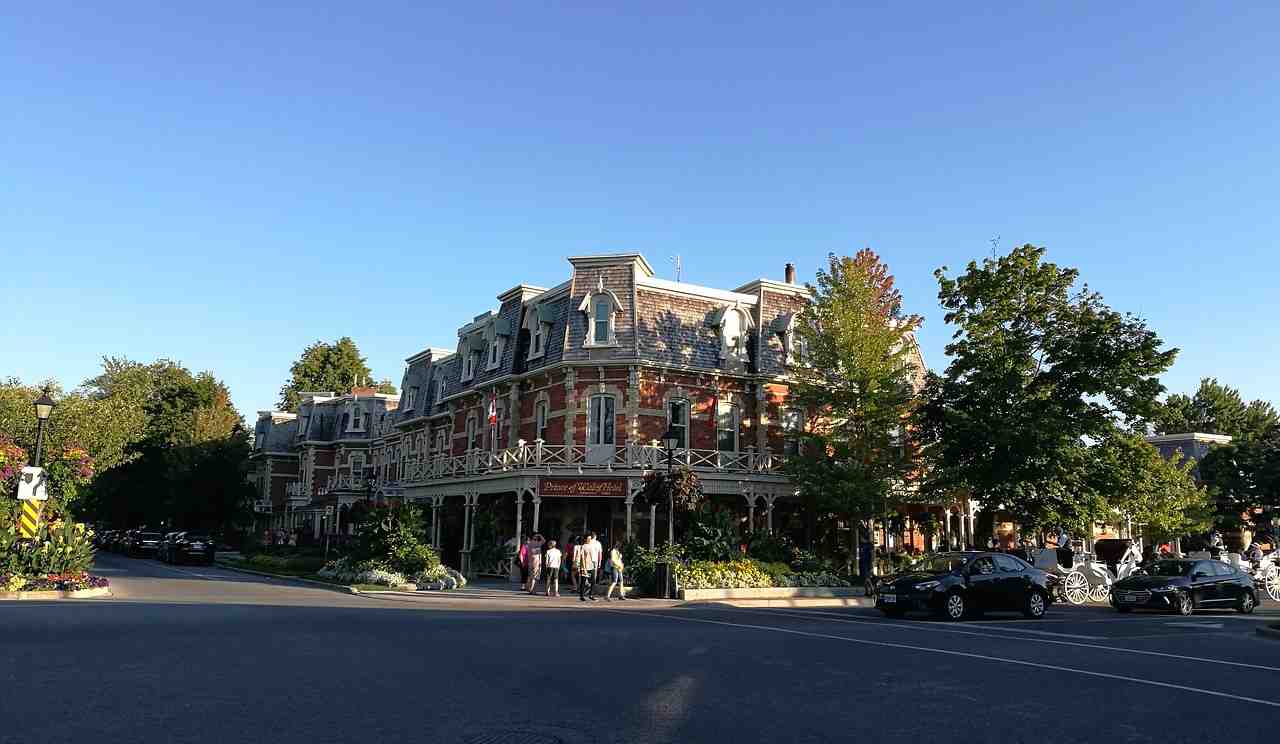
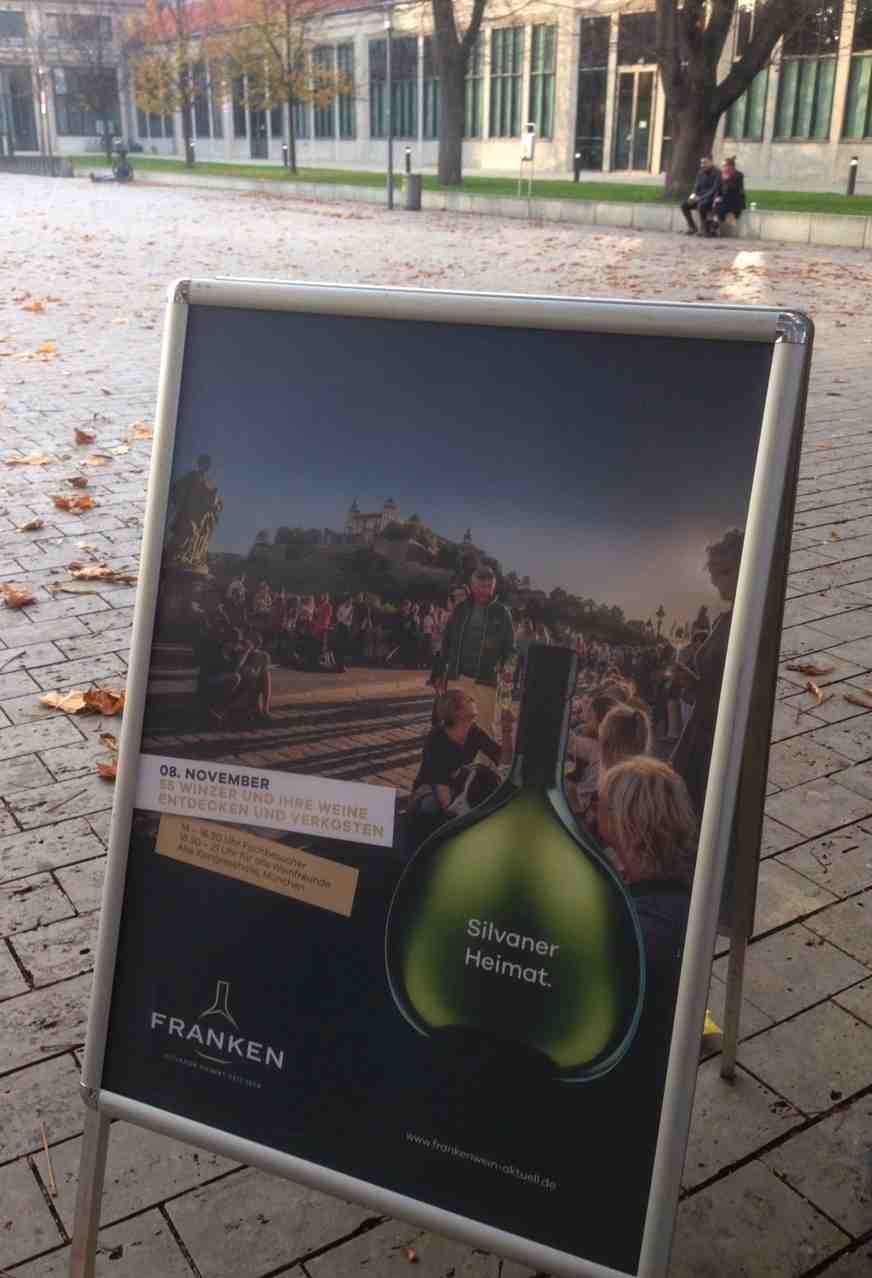 In the autumn, there are many wine events – selection is necesssary. Sweet wines are rarely to be found on tasting lists – if there is one -, mostly the winemakers have only dry wines with them. I wanted to taste dry Silvaner at the presentation of wine from Franconia, which was announced with the brand Silvaner Heimat seit 1659 (Home of Silvaner since 1659) created this year.
In the autumn, there are many wine events – selection is necesssary. Sweet wines are rarely to be found on tasting lists – if there is one -, mostly the winemakers have only dry wines with them. I wanted to taste dry Silvaner at the presentation of wine from Franconia, which was announced with the brand Silvaner Heimat seit 1659 (Home of Silvaner since 1659) created this year.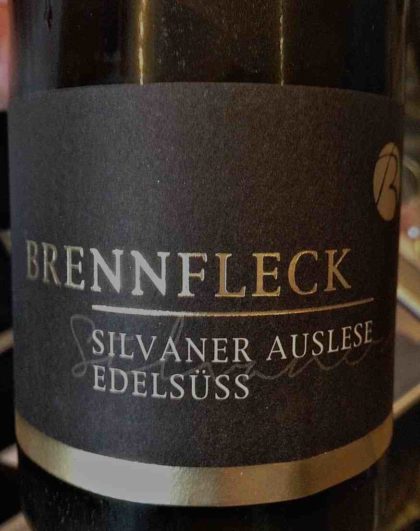
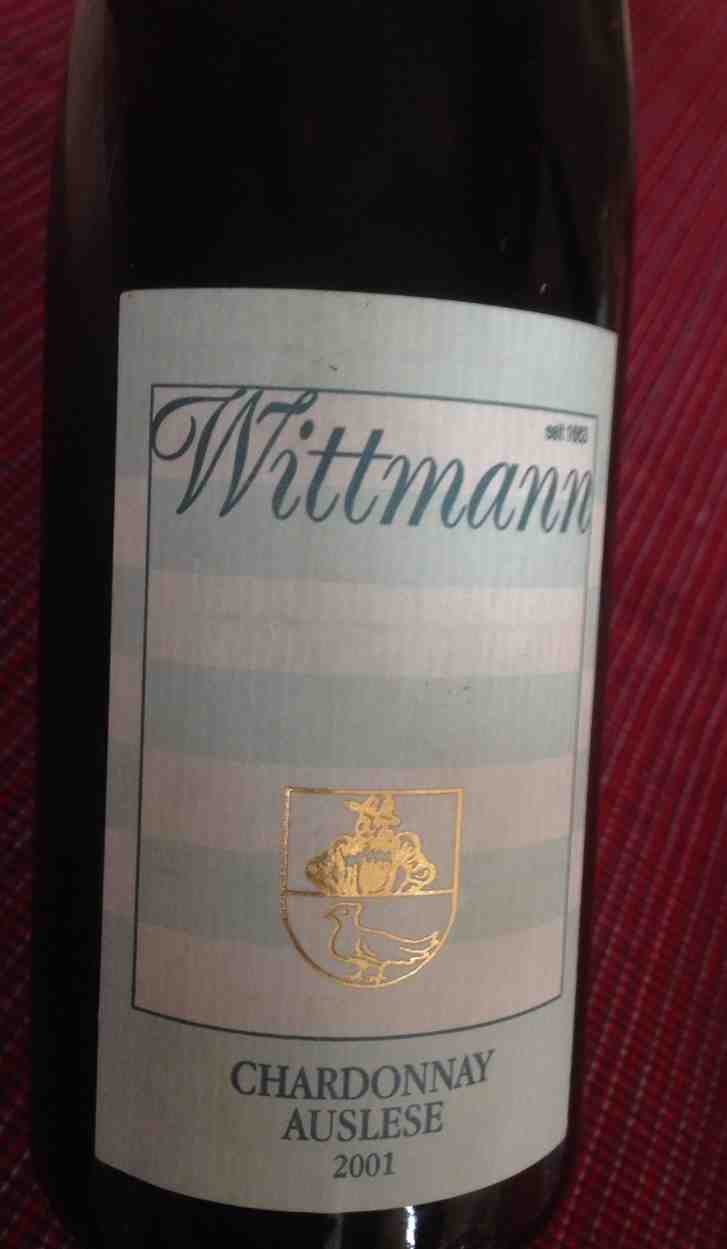 Chardonnay is a very versatile variety, which is reflected in dry wines in a variety of wine styles. Usually dry wines are produced with this variety, but there are also sweet and noble sweet Chardonnay variants, especially in Germany and Austria. Two characteristics make Chardonnay a very well suited grape variety for sweet wines. On the one hand, the variety definitely has enough acidity to balance residual sugar, on the other hand, the berries’ shells are thin enough to facilitate
Chardonnay is a very versatile variety, which is reflected in dry wines in a variety of wine styles. Usually dry wines are produced with this variety, but there are also sweet and noble sweet Chardonnay variants, especially in Germany and Austria. Two characteristics make Chardonnay a very well suited grape variety for sweet wines. On the one hand, the variety definitely has enough acidity to balance residual sugar, on the other hand, the berries’ shells are thin enough to facilitate  Sauvignon blanc is not necessarily everyone’s favorite, at least for the dry wines. Some people because of its aromas can not drink enough of it , others refrain entirely from it because of the aromas. The flavors can vary greatly depending on the harvest time. With increasing maturity, the spectrum of aromas of grass, herbs, green fruits, boxwood, gooseberries, elderberries and yellow fruits often shifts, especially with ripened specimens supplemented with vegetables, asparagus and cabbage.
Sauvignon blanc is not necessarily everyone’s favorite, at least for the dry wines. Some people because of its aromas can not drink enough of it , others refrain entirely from it because of the aromas. The flavors can vary greatly depending on the harvest time. With increasing maturity, the spectrum of aromas of grass, herbs, green fruits, boxwood, gooseberries, elderberries and yellow fruits often shifts, especially with ripened specimens supplemented with vegetables, asparagus and cabbage.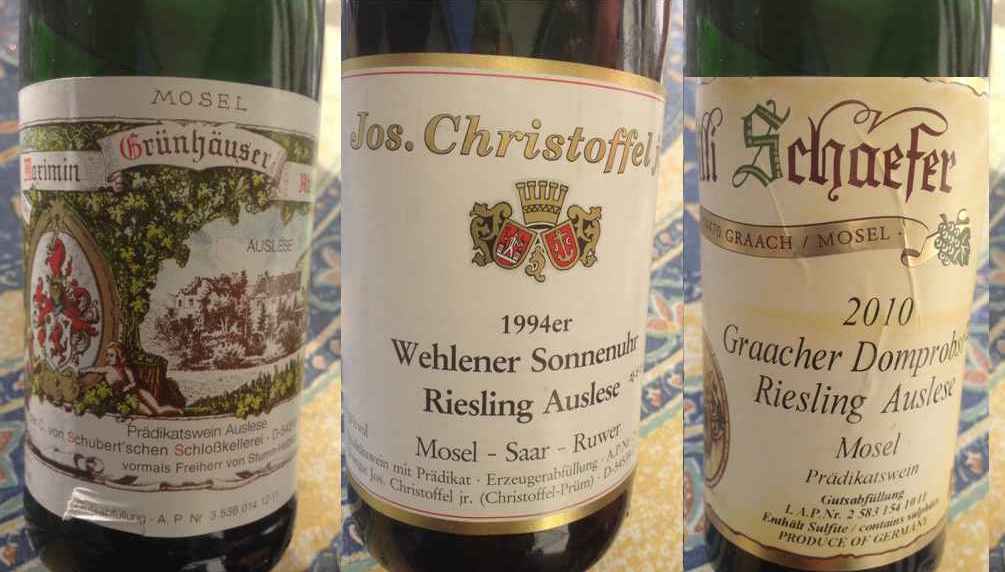
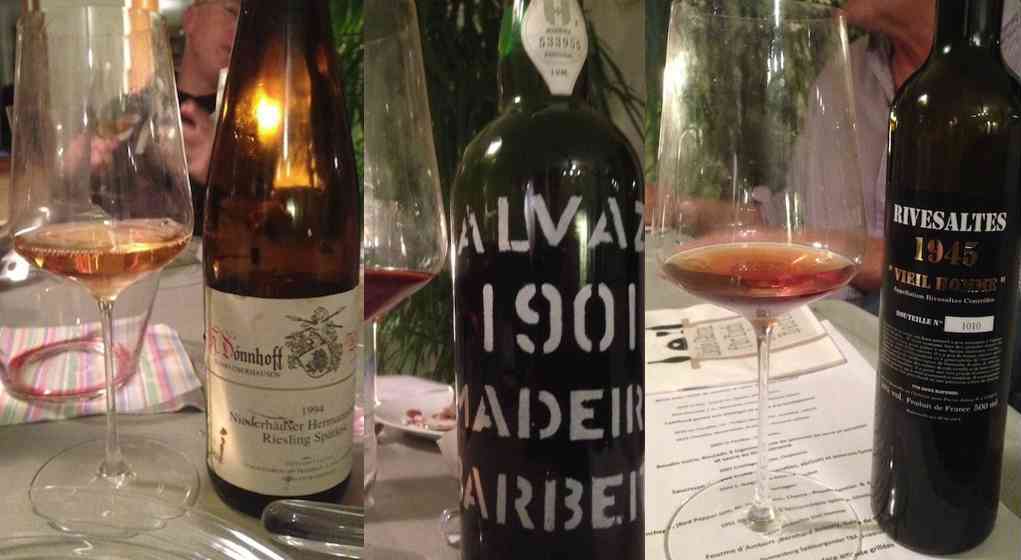
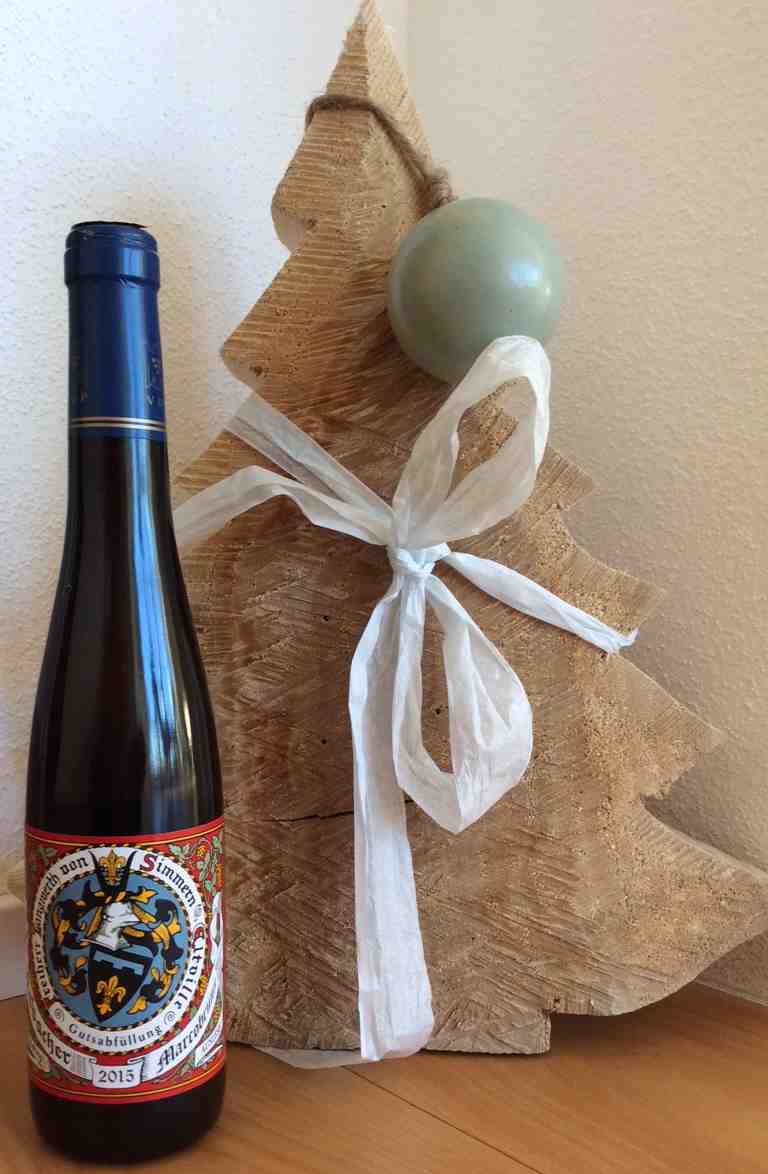 At the Weingut Freiherr Langwerth von Simmern, which has been based in the Rheingau since the 15th century, 98% of the currently 30 hectares cultivated vineyards are …
At the Weingut Freiherr Langwerth von Simmern, which has been based in the Rheingau since the 15th century, 98% of the currently 30 hectares cultivated vineyards are …